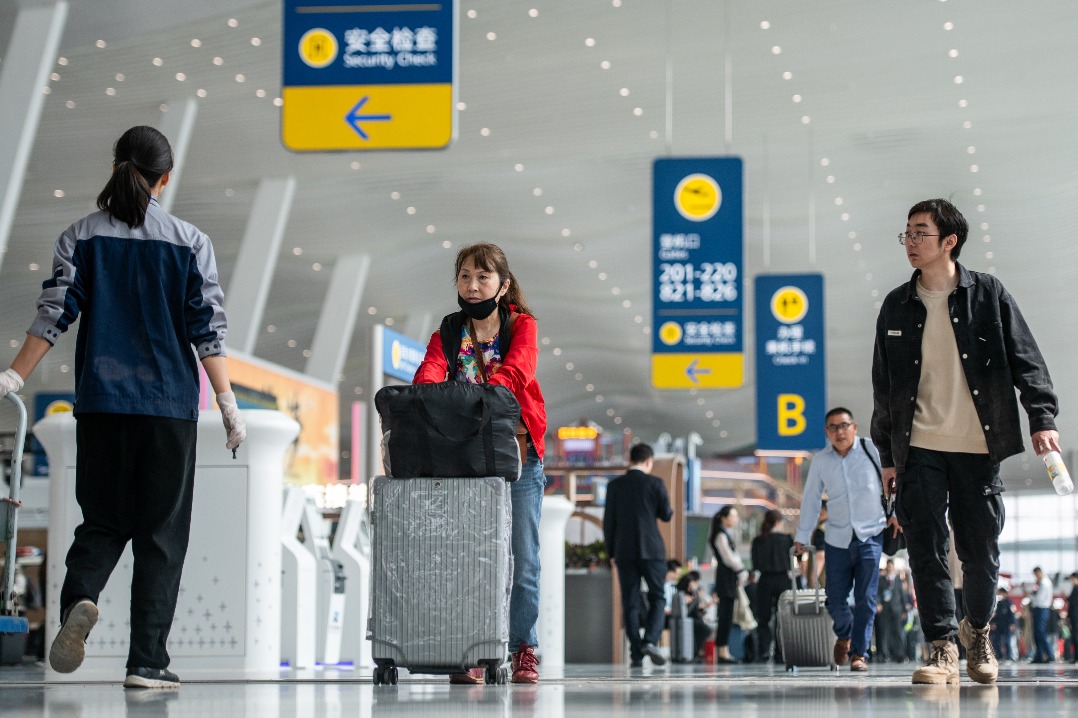US trying to make waves in South China Sea again: China Daily editorial
China Daily | Updated: 2019-03-03 19:11

Despite the Hanoi talks between US President Donald Trump and top leader of the Democratic People's Republic of Korea concluding early without an agreement being announced, the Pentagon announced on Saturday that the US and the Republic of Korea have decided to discontinue the large scale military drills they conduct each year in a show of force intended to intimidate Pyongyang.
An end to the provocative Key Resolve and Foal Eagle series of military exercises will be welcomed by all those who want to maintain peace and stability in the region.
And with the drills no longer providing an excuse for the large US military presence in the region, it would be natural to assume that Washington would be keen to bring the US forces home.
However, US Secretary of State Mike Pompeo's remarks in the Philippines show that US can always manufacture a cause célèbre with which to excuse its overbearing military presence in the Asia-Pacific.
Speaking in Manila on Friday, Pompeo assured the Philippines that the United States will come to its defense if its forces, aircraft or ships come under armed attack in the South China Sea and said Washington will back the Philippines and other countries in the region "so that these incredibly vital economic sea lanes are open and China does not pose a threat to closing them down".
Washington clearly likes to make this claim that China will close the sea lanes to commercial transit, as it is one that it has made time and again. It is simply fighting with its own shadow.
Pompeo's words were like a magician's sleight of hand drawing the audience's attention from what is really going on. Which is that the world's sole superpower is the real risk-creator in the waters with its irresponsible actions, and it is once again trying to make waves in the South China Sea by using its allies in the region as a stepping stone.
The top US diplomat's remarks were intended to serve two purposes with regard to the Philippines: draw the country closer to the US - since under President Rodrigo Duterte the country has followed a more independent line — and to drive a wedge between Manila and Beijing, whose relations have improved remarkably since Duterte took office.
The US stance is obviously at odds with the region's prevailing trend for peace and stability, and should be of concern to countries in the region which have been working hard to accelerate the finalizing of a code of conduct for the South China Sea.
The US bid to stir up trouble in the waters again disrupts the current negotiations and runs counter to the region's consensus that peace and cooperation shall prevail in the South China Sea.
As an outside force, the US should listen to the calls of the region and stop trying to meddle in regional affairs.























